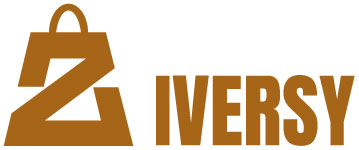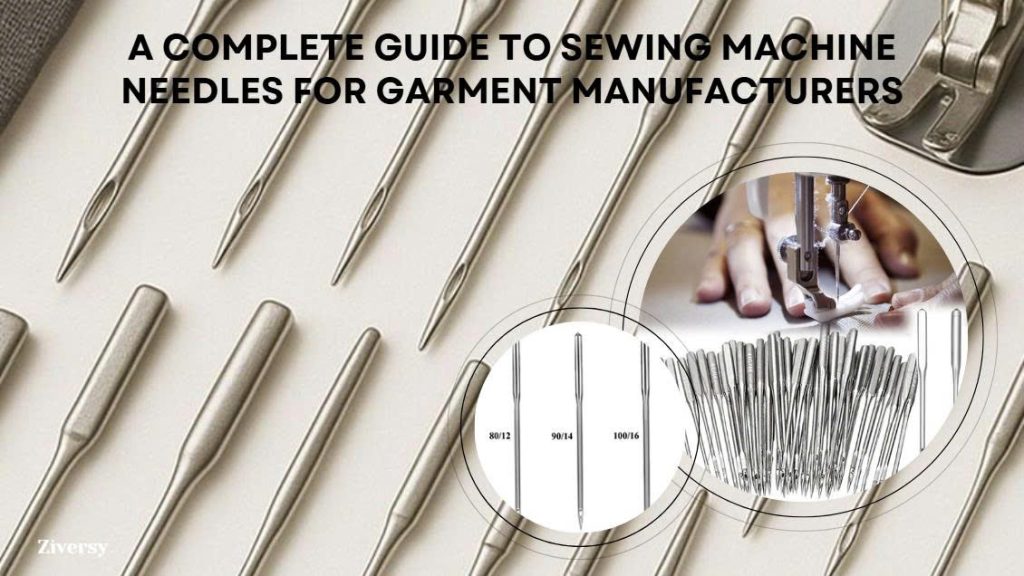Blog
A Complete Guide to Sewing Machine Needles for Garment Manufacturers
In garment manufacturing, sewing machine needles are often overlooked, yet they are crucial to both the efficiency of production and the quality of finished garments. A well-chosen needle can ensure flawless seams, while the wrong one may lead to broken threads, fabric damage, or costly production delays.
For apparel manufacturers, understanding needle types and proper selection is non-negotiable. The right sewing machine needle influences seam strength, fabric performance, and the overall look of the garment. This guide will provide a thorough overview of how to select and maintain sewing machine needles to achieve professional results on every project.
An Introduction to Needle Types and Sizes
Before choosing the right needle, it’s important to know how needle anatomy and sizing systems affect performance. Needles are classified by size using systems such as European metric (e.g., 80) or American standard (e.g., 12), and both numbers often appear together (e.g., 80/12). The size you select will depend on fabric weight and thread thickness.
Parts of a Sewing Machine Needle
A typical sewing needle is made up of:
Each part is designed to work in harmony with fabric and thread for smooth, precise stitching.
Understanding Needle Sizes
Needle sizes correlate with fabric weight:
Popular Types of Sewing Machine Needles
Different fabrics and sewing techniques require specific needle types. Here are the most common options:
1. Universal Needles
2. Ballpoint Needles
3. Jeans/Denim Needles
4. Stretch Needles
5. Leather Needles
6. Microtex/Sharp Needles
How to Choose the Right Needle
When selecting a needle, consider these factors:
- 1Fabric Type: Ballpoint needles for knits, sharp needles for woven fabrics, leather needles for non-fabric materials.
- 2Needle Size: Match size to fabric weight—thinner needles for light fabrics, thicker needles for heavy textiles.
- 3Thread Thickness: Ensure the needle eye can accommodate the thread without fraying or breakage.
- 4Project Purpose: Choose durable needle types (e.g., stretch or denim) for garments subject to heavy use.
- 5Test First: Always test a new needle on a scrap of fabric to ensure smooth stitches and no skipped threads.
Needle Maintenance Tips
Needle care is essential to achieve consistent stitch quality and avoid damage to fabrics.
Why Needle Selection Matters
In the fast-paced world of garment manufacturing, sewing machine needles are more than just small components—they’re critical tools for achieving clean seams, preventing fabric damage, and optimizing efficiency. By selecting the correct needle size and type for every project, manufacturers can reduce production errors and elevate the quality of their garments.
If you want to streamline needle selection, explore a wide range of premium sewing machine needles tailored for different materials. From delicate silks to heavy denim, the right needle makes all the difference.

